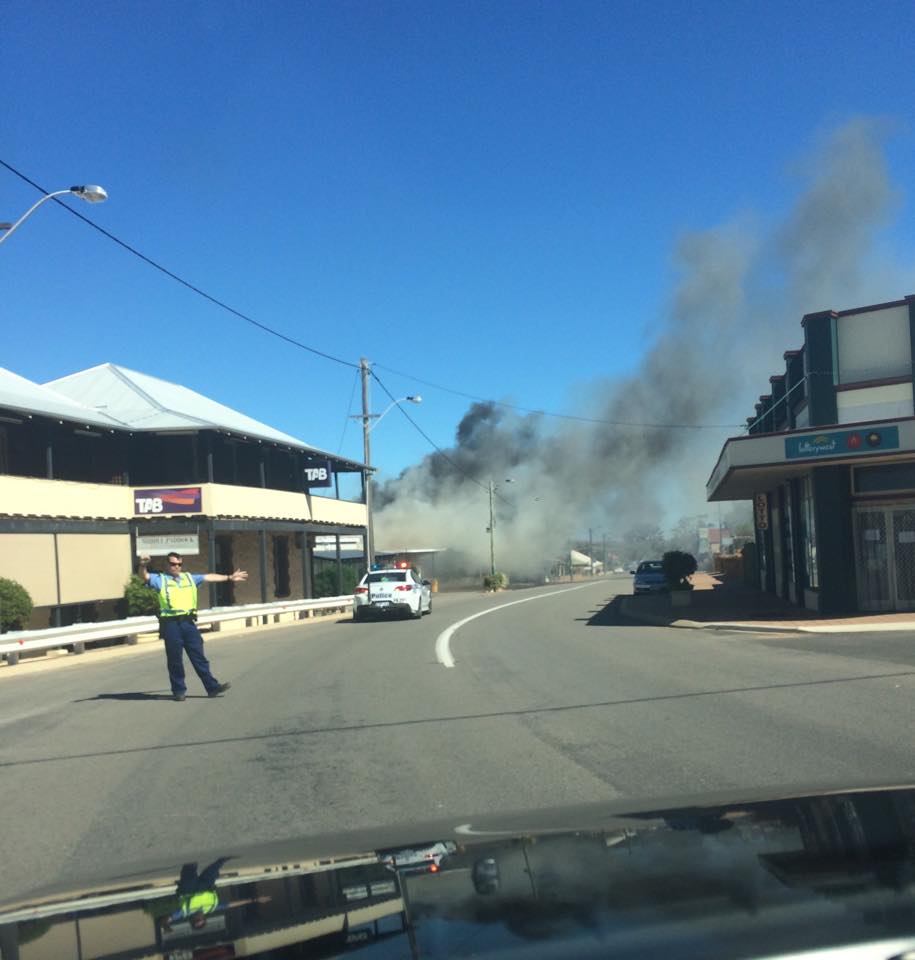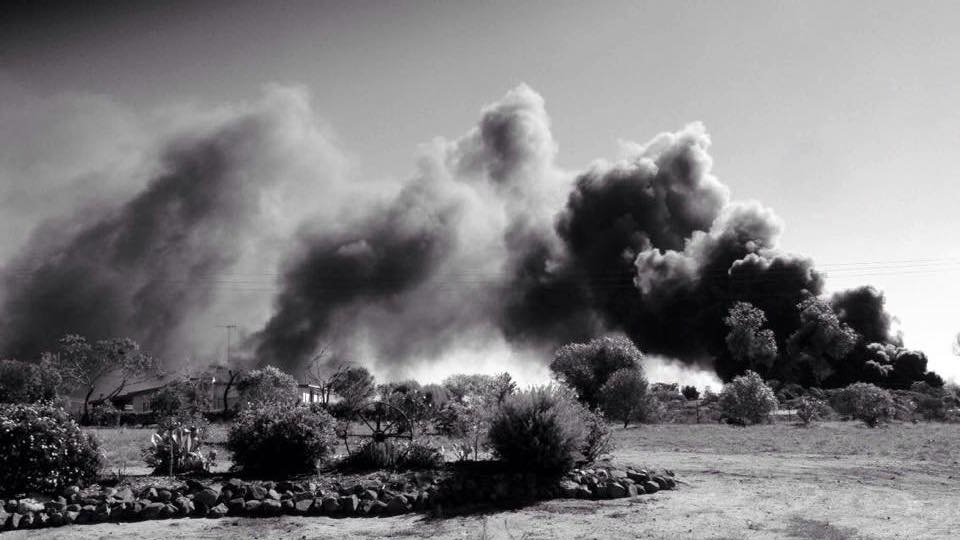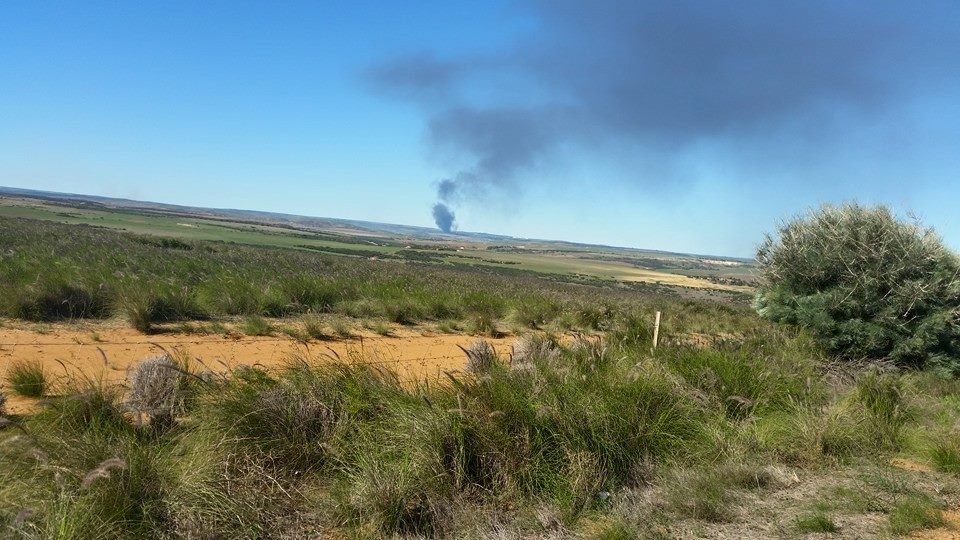You may have come across some headlines about jobs being axed at the city.
I think axing is a terrible metaphor to use in this case. It implies the use of a tool with little precision and a lot of brute force.
At first glance you might think nearly 50 people will be sacked.
But dig a little deeper and you’ll get a different picture.
The process the City of Greater Geraldton undertook wasn’t simply that of slashing jobs until a magic dollar figure was reached. The process included a fair amount of restructuring, which resulted in the elimination of 73 positions and the creation of 27.
Here’s a breakdown:
73 positions gone
27 new positions created
net loss of 46 positions
12 of these positions didn’t have anyone employed in them, due to the hiring freeze the city had already implemented
17 of these volunteered for redundancy already
This leaves 17 people who will have the choice of requesting a redundancy package, or asking to form part of a redeployment pool. If they're unable to be redeployed, they may be forced to take a redundancy.
I had a chat with City of Greater Geraldton CEO Ken Diehm this afternoon about the situation, and his message to staff and the community at large.
“The hardest challenge for me at the moment is to allow the people that have been impacted to feel that they’ve been treated with respect and dignity.
"But if you’re one of those people that’s in one of the positions that’s being made redundant, it (does feel) personal, because the message that they feel is that we don’t value the work you do."
"But it’s not personal at all."
"This isn’t about people, it’s about positions."
"We’re hoping to re-employ as many people as possible.”
Mr Diehm shared his concerns regarding the perception behind the changes and the inevitable online discourse.
“My concern about social media is that people need to realise that those people that are impacted from this are members of our community. They have mortgages, they have car repayments, they have credit cards, they have kids in school, and their future is suddenly very uncertain in their minds. And on top of that, they don’t feel valued. But the majority of them have been loyal, hard working, dedicated, faithful public servants to this community for quite a while.”
Mr Diehm went on to stress that any redundancy, whether by choice or, if it came to it, force, wasn’t due to performance.
——
While no-one celebrates at the news of a fellow resident losing their job, the moves to reduce staffing levels is a clear sign that Ken Diehm and team have been listening to community feedback, and are doing what they can to see that future rate increases are lower than earlier estimates, and that services in Geraldton are not cut to the point of making the city unliveable.
You can still expect future rate increases to be a little higher than the CPI due to state and federal government funding cuts to the tune of $3.7M, the multi generational problem of our accumulation of assets that now need repairing or replacing, and the ongoing rises in water and energy costs which form a large part of the CGG's expenses.
But Mr Diehm says with savings they’ve already found, the restructuring in staffing, and the many “quick wins” found by staff at the city with things like vehicle reductions and car pooling, they’re on track to keep future rises below the 5.2% rate that had been projected.
——
There are other changes worth mentioning in the restructure. They certainly don’t mitigate any discomfort felt by those who may be out of a job, but do seem to be positive moves by the city in the name of clarity.
Three of the four departments have had name changes;
Creative Communities becomes Community Services
Sustainable Communities becomes Development and Regulatory Services
Community Infrastructure becomes Infrastructure Services
Corporate and Commercial Services remains the same
Mr Diehm said the name changes better reflected what the departments actually did, rather than use terminology that meant very little to the average resident.
——
If you’re new to Geraldton, and want a bit of background…
Over a long period of time, Geraldton, as well as many other councils around the state, had been accumulating new infrastructure without ensuring sufficient funds were available to renew those assets.
Laws changed such that local governments had to adopt accounting practices that showed the true replacement costs of its infrastructure. For example, a swing at a park might have originally cost $100. Council estimated that it would need to be replaced in ten years. They do the sums and think "sweet, we can afford $100 in ten years." Except in reality a new swing doesn’t cost $100 any more. It’s $400. Oops.
So we were budgeting for a $100 swing in ten years, but really should have been budgeting for a $400 swing. Once that changed a truer picture emerged of the state of Geraldton’s finances and pending financial problems, and there was a large rate increase of around 27% in 2012.
That didn’t go over well with the community, and the following two years' rate rises under new CEO Ken Diehm were kept to the relatively low figures of 2.25% and 3.6%.
At the time of the last budget it was planned that the next ten years would see rate increases of 5.2% each year.
Recent audits found the problem of assets that needed fixing to be even greater than what was originally thought, revealing essentially a $25M backlog of urgent maintenance work that needed doing.
However, the feedback Mr Diehm says he’s had from the community is that Geraldton wants future rates increases to be lower than 5.2% if at all possible, hence the staff reductions, restructuring and cost cutting.
- Jason Smith is the Managing Editor for Everything Geraldton.






























































